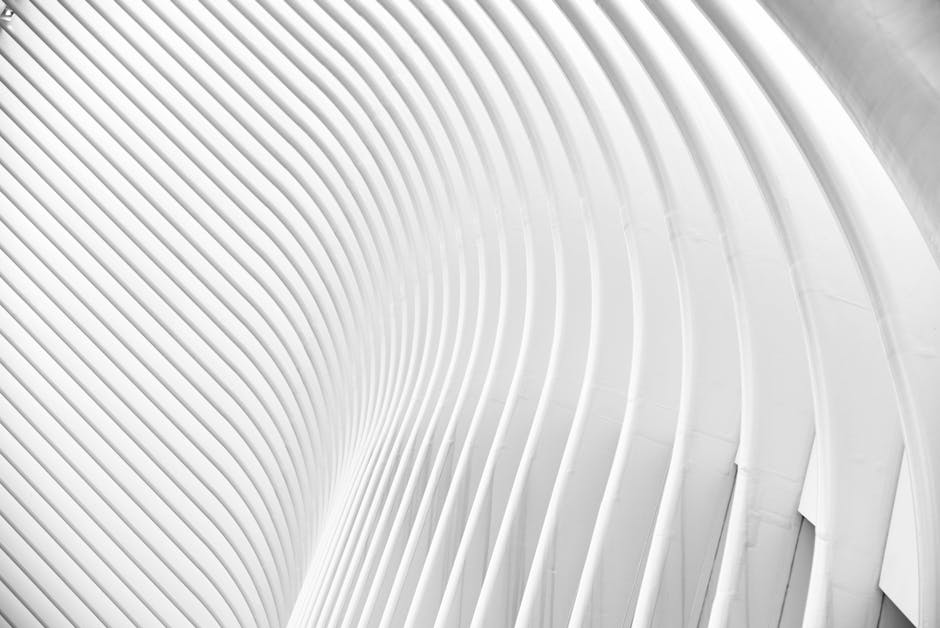
Architectural Innovations: Building a Future of Possibilities
In today's rapidly evolving world, architectural innovations are reshaping our cities and transforming the way we live. These groundbreaking ideas encompass both sustainable designs and technological advancements that promise a future of endless possibilities.
One such innovation is the concept of green architecture, which focuses on creating environmentally friendly and energy-efficient buildings. From solar panels to rainwater harvesting systems, architects are incorporating sustainable features into their designs to reduce the carbon footprint of our built environment.
Another architectural trend gaining momentum is the integration of smart technologies into structures. With the rise of the Internet of Things (IoT), buildings can now be equipped with sensors and interconnected systems that enhance efficiency and safety. Imagine a house that automatically adjusts its temperature based on weather conditions or a commercial building that optimizes energy usage through smart lighting and ventilation controls.
But it doesn't stop there. Recent innovations in building materials have also revolutionized the architectural landscape. From 3D-printed structures to self-healing concrete, engineers and architects are pushing the boundaries of what is possible. These advancements not only enable faster and more cost-effective construction processes but also offer greater design freedom.
Architects are also increasingly embracing biophilic design, which seeks to reconnect people with nature through the incorporation of natural elements. Biophilic buildings incorporate features such as green walls, rooftop gardens, and large windows to provide occupants with a sense of well-being and improve indoor air quality.
These are just a few examples of the architectural innovations that are reshaping our world. As technology continues to evolve and environmental consciousness rises, we can expect even more groundbreaking ideas to emerge. Whether it's designing carbon-neutral cities or constructing buildings that interact with their surroundings, the future of architecture is certainly an exciting one.
